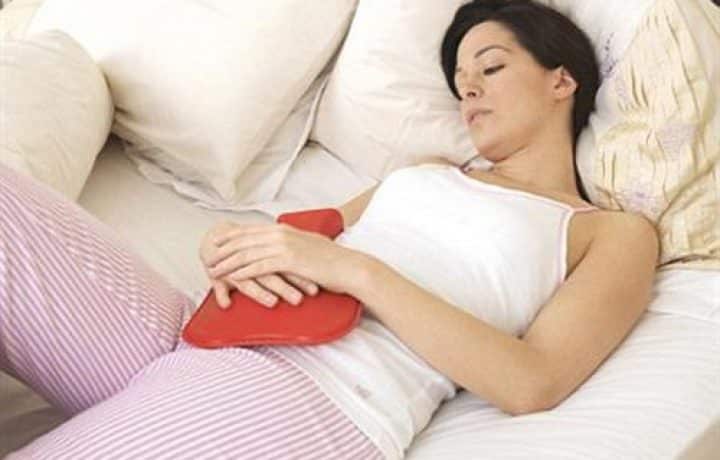If you’ve been waiting to exercise outdoors in warmer weather, your time has arrived. Summer is in full swing, with its rising temperatures and, in many cases, soaring humidity. You may be ready to work up a good sweat outside, but first you should heed some advice about how to exercise in the heat without harming yourself.
Exercise creates heat, raising your body temperature. Typically, the heat is lost through the evaporation of sweat and by other means. Evaporation, however, cannot occur in climates with high humidity. As a result, your performance suffers. Blood is diverted from the muscles to the skin, blood volume is reduced, and water and electrolytes are lost in the sweat. Other physiological changes may also occur, causing hyperthermia, a sharp rise in body temperature that can trigger heat-related illnesses such as heat cramps, heat exhaustion, and heatstroke. This risk increases most when the relative humidity exceeds 65 percent.
One of the best things you can do when exercising on a hot, humid day is drink plenty of water to replace the fluids lost from sweating. Dehydration is not to be taken lightly. A mere three percent loss of body weight from dehydration has been shown to significantly reduce muscle endurance. As little as a four percent loss can significantly reduce muscle strength.
To replace lost electrolytes, sports drinks are a good choice, especially if their pleasant flavor entices you to drink more. They help maintain blood glucose levels and performance during prolonged exertion, and they reduce fluid loss from urination.
In order to know how much water you’re losing through perspiration, weigh yourself before and after your normal workout. In hot weather, you might lose twice as much as in cooler temperatures. For each pound of body weight lost during exercise, drink two cups of water. Don’t use thirst as a guideline. The thirst mechanism always underestimates fluid loss during exercise in the heat.
Here’s more advice:

- Desensitize your body to the hotter environment by doing only 50% of your normal workout the first day. Each day after, add 10% onto your workout until you’re able to complete your entire routine by Day 6. This is especially advisable when hotter, more humid weather has arrived abruptly rather than over a period of time.
- Avoid quenching your thirst with alcoholic beverages or drinks that contain caffeine.
- To treat heat cramps, drink lightly salted fluids and massage the cramped area.
- Symptoms of heat exhaustion include lightheadedness, dizziness, weakness, nausea, headache, irritability and moist, clammy skin. If you feel any of these symptoms, move to a cool, shaded area and drink a lot of water. A towel dipped in ice water cools the body further.
- Heatstroke is a medical emergency characterized by flushed skin, the absence of sweat, and a body temperature above 106 degrees Fahrenheit. If you think you have heatstroke, seek prompt medical attention.
- To prevent heat-related illnesses, exercise during cooler periods of the day, seek out shade, and drink water frequently.
